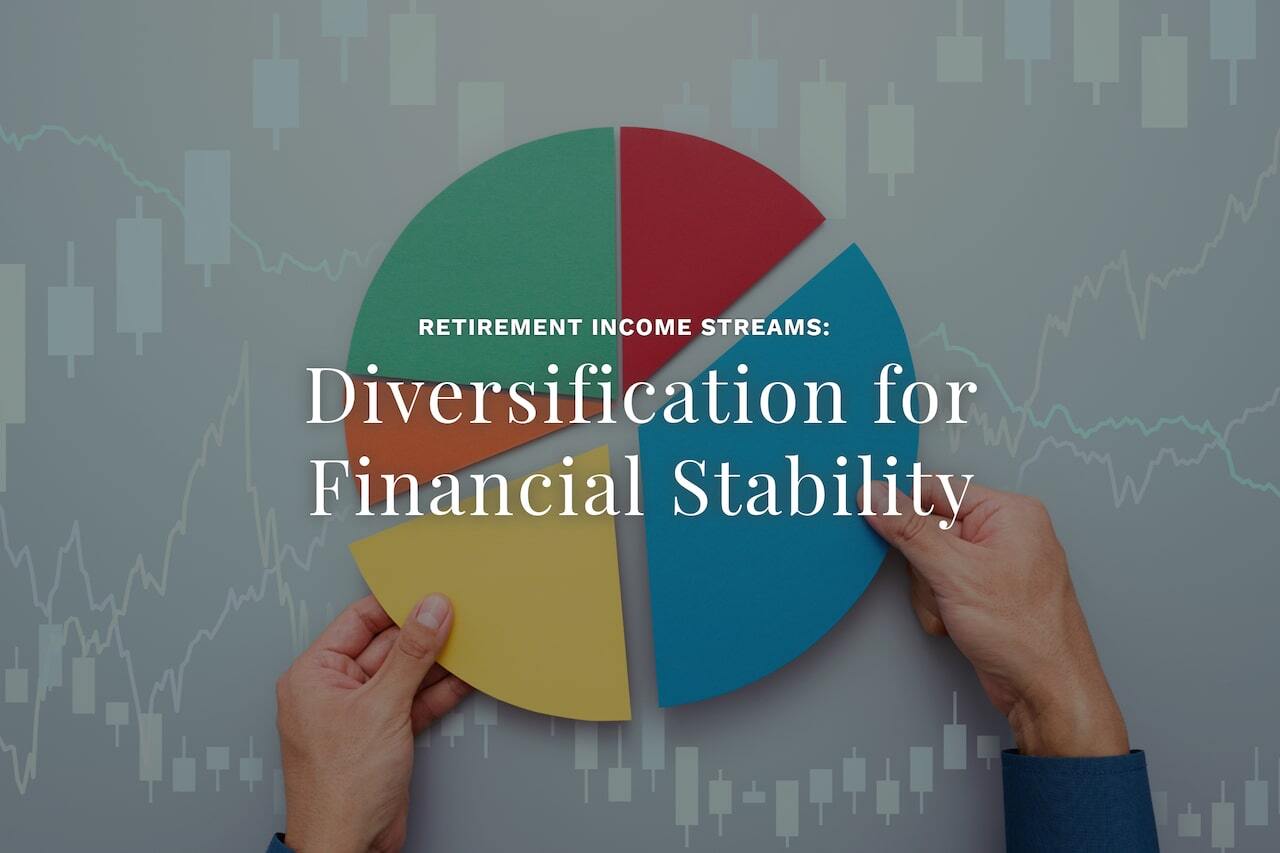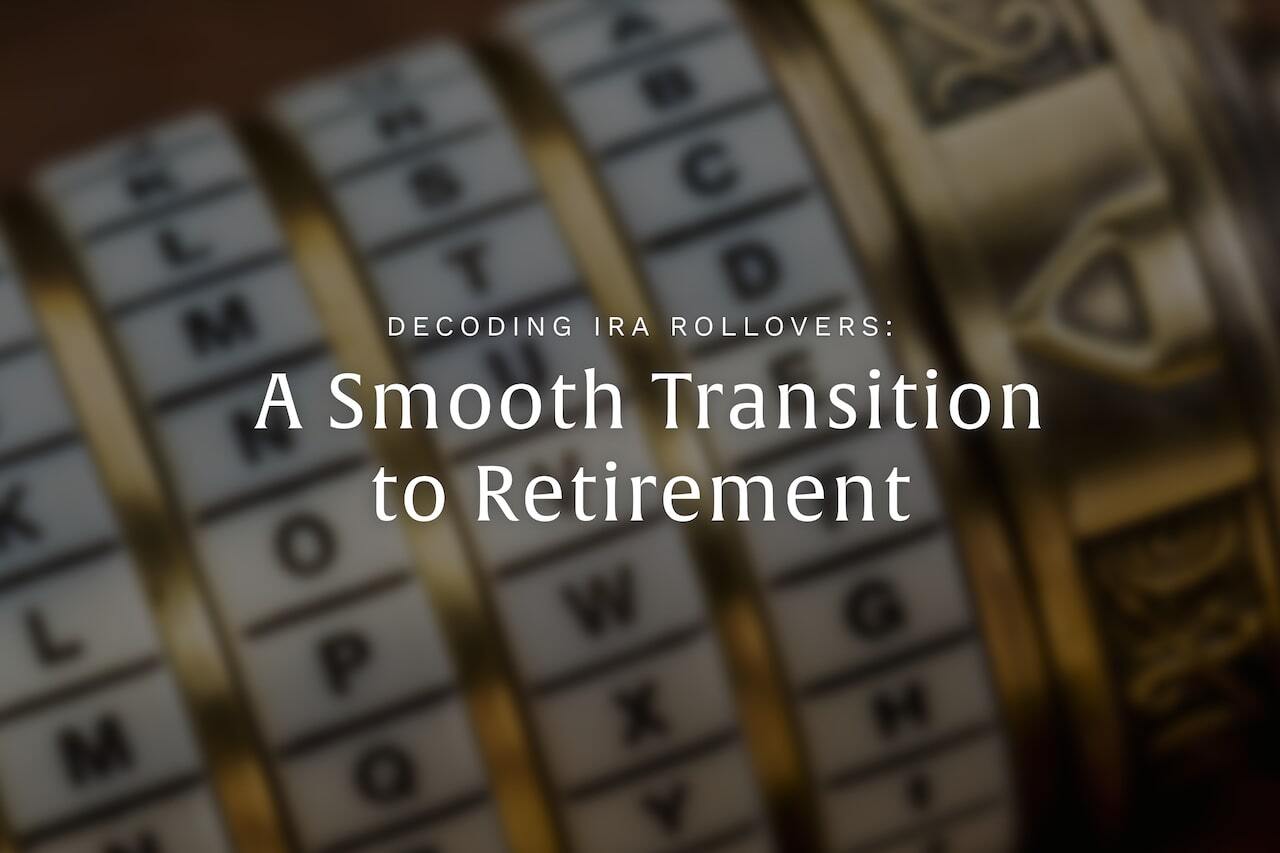Inflation gradually chips away at the value of money over time, posing a serious challenge for retirees who rely on fixed incomes. As the cost of goods and services rises, the purchasing power of your retirement savings diminishes, which can significantly impact your quality of life. For retirees, understanding how inflation affects your finances and taking proactive steps to counter its effects is essential to maintaining long-term financial stability.
Managing inflation’s impact is an important part of safeguarding your money and ensuring that your retirement income can support the lifestyle you’ve worked hard to achieve. In this article, we’ll take a closer look at how inflation can erode your savings and explore practical, actionable strategies to help protect your finances and preserve your purchasing power throughout your retirement years.
How Inflation Affects Retirement Income
Inflation drives up the cost of goods and services over time, gradually reducing the value of money. For retirees, this presents a distinct challenge. While working individuals might see salary increases that help offset inflation, retirees often rely on fixed income sources such as savings, pensions, or Social Security, which may not keep pace with rising expenses. As prices climb, the purchasing power of retirement funds can shrink, making it more difficult to cover everyday costs and maintain the lifestyle you envisioned for your retirement years. Understanding this impact is key to developing strategies that help safeguard your financial stability.
The Challenges of Relying on a Fixed Income in Retirement
A great many retirees have incomes primarily from fixed-income sources, such as pensions or bonds. They are at a higher risk of feeling the impact of inflation on retirement income. These income streams may not increase over time, potentially leading to a gap between income and expenses as the cost of living rises. Social Security does offer cost-of-living adjustments (COLAs) to counteract inflation, but these adjustments may not fully match the actual increase in living costs.
Protecting Retirement Income Against Inflation: Seven Strategies
Keeping in mind that every retiree’s needs are unique, one or more of these tips may help you better guard against the impact of inflation on retirement income:
-
Diversify Investment Portfolio
Keeping a diversified investment portfolio can help protect against the impact of inflation on retirement income. This may include a mix of stocks, bonds, real estate, and other assets. Historically, stocks have offered returns that outpace inflation over the long term, making them a critical component of an inflation-fighting strategy. However, it’s important to balance the potential for higher returns with the risk tolerance and time horizon of the retiree.
-
Consider Treasury Inflation-Protected Securities (TIPS)
TIPS are government bonds specifically designed to protect against inflation. The principal value of TIPS increases with inflation and decreases with deflation, which is reflected in the interest payments that investors receive. This makes TIPS a direct hedge against inflation, although they may offer lower yields compared to other investments in a low-inflation environment.
-
Invest in Real Assets
Real assets, such as real estate or commodities, can also help protect against inflation. These assets often increase in value when prices rise, making them a useful component of an inflation-protection strategy. Real estate investments, for example, can provide rental income that may increase over time, while the value of the property may also appreciate.
-
Plan for Healthcare Costs
Healthcare costs tend to rise faster than general inflation, making them a significant concern for retirees. Planning for these expenses, including considering supplemental health insurance or long-term care insurance, can help manage the impact of rising healthcare costs on retirement income.
-
Adjust Withdrawal Rates
Being flexible with withdrawal rates from retirement accounts can help manage the impact of inflation. Adjusting withdrawals based on current inflation rates and investment performance may you’re your retirement savings last longer and continue to meet income needs even as costs rise.
-
Delay Social Security Benefits
Delaying the start of Social Security benefits can increase the monthly benefit amount, which includes adjustments for cost-of-living increases. This can provide a larger, inflation-adjusted income stream later in retirement, helping to better protect against the impact of inflation on retirement income over the long term.
-
Regularly Review and Adjust Retirement Plans
Inflation rates can fluctuate, and the effectiveness of strategies to combat inflation can vary over time. Regularly reviewing and adjusting retirement plans, including investment portfolios and income strategies, can help retirees remain flexible and responsive to changing inflation dynamics. This may involve rebalancing investments, revising spending plans, or exploring new income sources.
Take Steps to Shield Your Retirement Income from Inflation’s Effects
Inflation poses a significant challenge to the purchasing power of retirement income, but thoughtful planning can help reduce its impact. Retirees can address this issue by diversifying their investments, incorporating inflation-linked securities, including real assets in their portfolios, preparing for increasing healthcare costs, adjusting withdrawal strategies, and exploring the benefits of delaying Social Security. Regularly reviewing and refining these approaches is essential to ensure they remain effective in response to inflationary trends and changing financial circumstances.
If you’re interested in speaking with a financial professional you can trust, we can help! Our team at Seaman Retirement Planning provides comprehensive retirement planning services, including strategies for overcoming risks like inflation, so that you can better enjoy your golden years. Contact us today for your Complimentary Analysis. We look forward to hearing from you!
























































